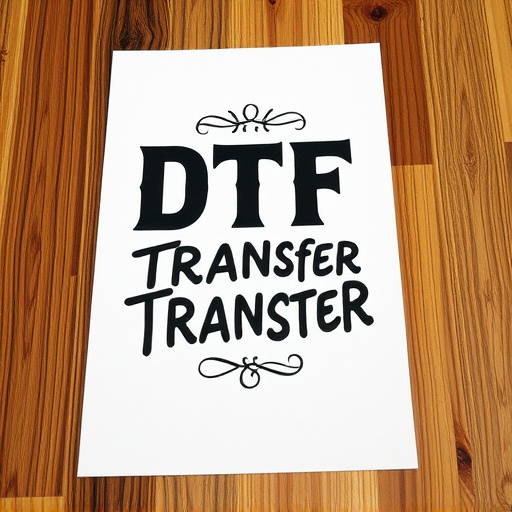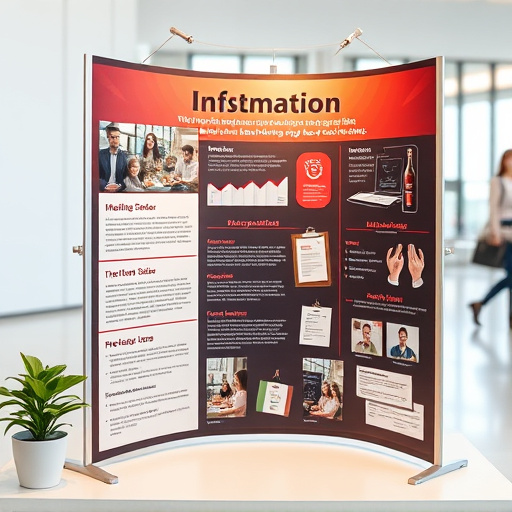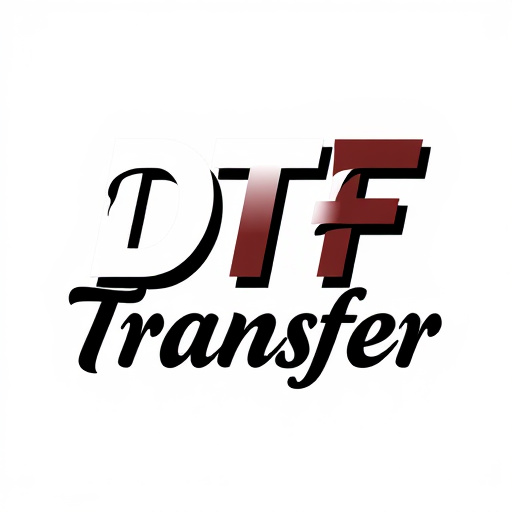Direct-to-film (DTF) transfer printing is a revolutionary method for applying graphics directly onto various surfaces with precision. Its key advantages include intricate design capabilities, vibrant color reproduction, and exceptional durability suitable for outdoor signage, vehicle graphics, and industrial applications. DTF prints resist fading, peeling, and cracking, ensuring long-lasting integrity. Factors like high-resolution printing, premium inks, suitable substrates, and environmental conditions influence longevity. DTF is used across diverse industries, from fashion to architecture, showcasing its versatility and durability through real-world case studies. Proper care and ongoing innovations in materials and technology promise an even brighter future for DTF printing.
Direct-to-film (DTF) transfer technology has gained traction across various industries due to its ability to produce vibrant, durable designs. This article delves into the longevity and resilience of DTF applied designs, exploring factors influencing their durability, real-world applications, and innovative future prospects. We examine how DTF printing enhances product lifespans and offers cost-effective solutions for businesses. Key topics include an overview of DTF transfer, case studies, maintenance tips, and emerging innovations promising even greater longevity for these applied designs.
- Understanding Direct-to-Film (DTF) Transfer: A Brief Overview
- The Longevity of DTF Prints: Factors Affecting Durability
- Resilience in Action: DTF Applications Across Industries
- Case Studies: Real-World Examples of DTF's Lasting Impact
- Maintaining and Restoring DTF Designs: Practical Tips
- Future Prospects: Innovations in DTF Printing for Longevity
Understanding Direct-to-Film (DTF) Transfer: A Brief Overview

Direct-to-film (DTF) transfer is a printing method that has gained significant traction in recent years, particularly for applied designs. Unlike traditional printing techniques that rely on intermediate materials, DTF transfers images and graphics directly onto various surfaces, including fabric, metal, wood, and plastic. This innovative process involves precisely depositing ink onto the target material using specialized machinery, creating high-quality, long-lasting prints.
DTF transfer offers several advantages, making it a preferred choice for many applications. The technique enables complex designs with fine details, vibrant colors, and exceptional durability. DTF prints are known for their resistance to fading, peeling, and cracking, ensuring that applied designs maintain their integrity over extended periods. This longevity is especially valuable in demanding environments where products are exposed to harsh conditions, making DTF an ideal solution for outdoor signage, vehicle graphics, and industrial applications.
The Longevity of DTF Prints: Factors Affecting Durability

Direct-to-film (DTF) transfers have proven their longevity and durability in various applications. The lifespan of DTF prints is influenced by several key factors. One of the primary considerations is the quality of the printing process itself. High-resolution printers with precise settings ensure that the design is accurately transferred to the substrate, minimizing imperfections that could compromise durability.
The choice of materials plays a significant role as well. Premium inks and suitable substrates enhance the resistance of DTF prints to fading, cracking, or peeling over time. Environmental conditions also affect longevity; exposure to direct sunlight, extreme temperatures, or moisture can degrade prints faster. Proper storage and maintenance, including avoiding harsh chemicals and excessive wear, contribute significantly to extending the life of DTF transfers.
Resilience in Action: DTF Applications Across Industries

Direct-to-film (DTF) transfer and printing technologies have proven their resilience and longevity across a wide range of industries. From fashion and textiles to signage, packaging, and even medical devices, DTF applications have demonstrated their ability to withstand various environmental conditions and use cases. The durability of DTF prints, achieved through robust materials and precise printing techniques, ensures that designs maintain their vibrancy and integrity over time.
In the fast-paced world of fashion, for instance, DTF printing has revolutionized custom apparel production, allowing designers to create unique, limited-edition pieces swiftly. Similarly, in signage and advertising, DTF transferred graphics on materials like vinyl and polyester have withstood harsh weather conditions, ensuring that messages remain clear and visible for extended periods. This versatility and adaptability are testaments to the technological maturity of DTF transfer processes, solidifying its position as a go-to solution for many industries seeking both aesthetic appeal and longevity in their applied designs.
Case Studies: Real-World Examples of DTF's Lasting Impact

Direct-to-film (DTF) transfer and printing have left indelible marks across various industries, showcasing their longevity and resilience through real-world case studies. These applications, once considered experimental, have now become integral parts of modern design and production processes. For instance, in the apparel industry, DTF printing has revolutionized custom clothing, enabling businesses to offer unique designs with intricate details at scalable costs. This method has proven its durability, with prints retaining their vibrancy and quality even after extensive wear and wash cycles.
Moreover, DTF technology has found success in architectural and interior design projects. The application of DTF on various surfaces like glass, metal, and wood has resulted in visually stunning murals and decorative elements that enhance both residential and commercial spaces. These installations not only add aesthetic value but also demonstrate the medium’s resistance to environmental factors, ensuring that the initial impact remains intact for years. Case studies across diverse sectors underscore the versatility and lasting appeal of DTF transfer and printing as a design and production solution.
Maintaining and Restoring DTF Designs: Practical Tips

Maintaining and restoring direct-to-film (DTF) designs requires a thoughtful approach to preserve their longevity and visual appeal. The first step is regular cleaning, using mild detergents and soft cloths to remove dirt or dust accumulation without damaging the DTF transfer or print. It’s essential to handle DTF prints with care, avoiding harsh chemicals or abrasive materials that can degrade the design over time.
For restoration, small tears or damage can often be repaired using specialized DTF printing inks and clear coats. Fill in missing areas with a matching ink, then carefully apply a thin layer of clear coat to protect the repair and match the original finish. In cases of extensive wear, consider re-printing the design using modern DTF transfer technologies for a like-new result. Regular maintenance and prompt attention to damage will ensure your DTF designs remain vibrant and durable for years to come.
Future Prospects: Innovations in DTF Printing for Longevity

The future of direct-to-film (DTF) printing looks promising, with continuous innovations aimed at enhancing its longevity and durability. Researchers and manufacturers are exploring advanced materials and techniques to create more robust DTF transfers and prints. One key area of focus is developing ink formulas that offer superior resistance to fading, scratching, and water damage. By incorporating special additives and resins, these inks can provide longer-lasting colors and ensure the integrity of designs for extended periods.
Moreover, advancements in printing technology are enabling more precise and detailed DTF prints. Higher resolution printers with improved dot density produce finer lines and more intricate details, making it possible to create complex patterns and graphics that withstand the test of time. Additionally, automation and digitalization in the printing process reduce human error, ensuring consistency and quality in each DTF transfer, ultimately contributing to its longevity and resilience.














